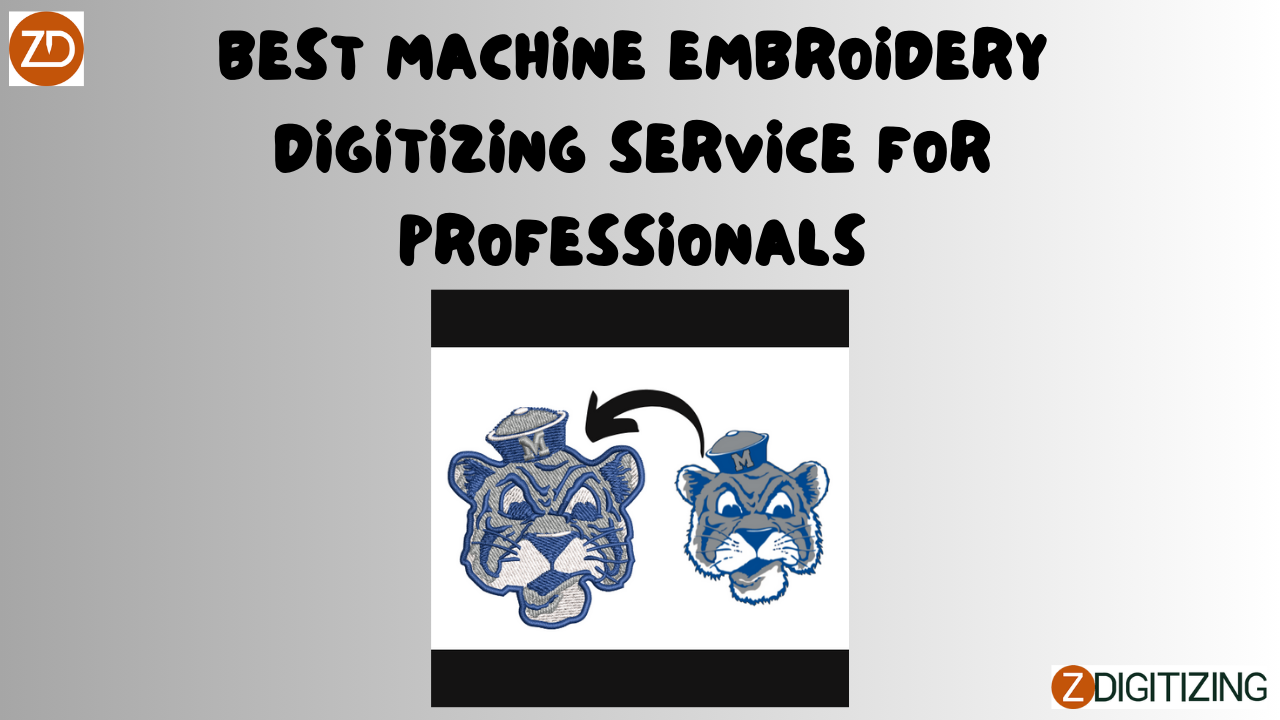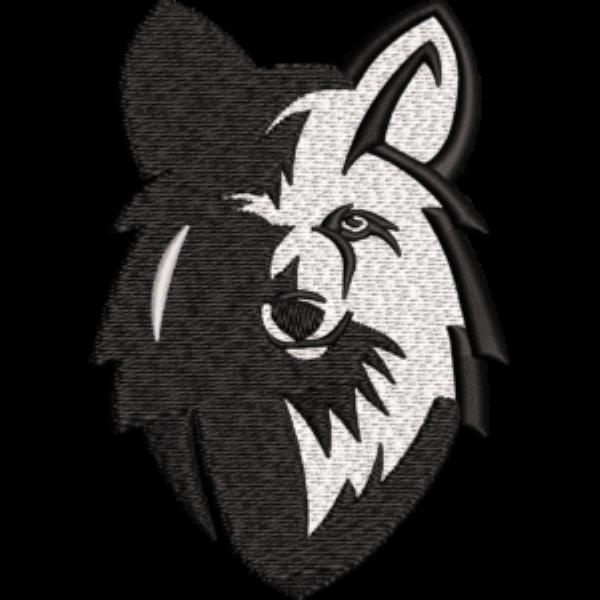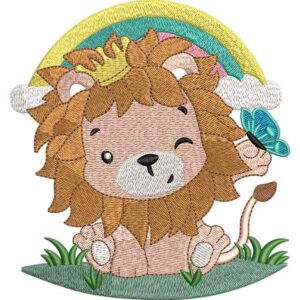 Core Web Vitals Boost – Speed Up Your Site & Your SEO!
Core Web Vitals Boost – Speed Up Your Site & Your SEO!
Comparing Flat and 3D Designs with the Best Digitizing Embroidery Service
Written by zdigitizinga » Updated on: June 17th, 2025

Embroidery designs bring creativity to life, transforming fabrics into stunning works of art for apparel, accessories, and promotional items. Two popular styles—flat and 3D puff embroidery—offer distinct aesthetics and applications, each requiring precise digitizing to achieve professional results. Flat designs provide a sleek, versatile look, while 3D puff designs add bold, raised textures. Choosing the best digitizing embroidery service is crucial to ensure both styles are executed with accuracy and quality. In 2025, platforms like ZDigitizing and EmDigitizing excel in digitizing both flat and 3D designs, catering to diverse project needs. This 1500-word blog compares flat and 3D designs, explores how top services handle them, and includes a detailed FAQ section to guide your embroidery decisions.
Understanding Flat and 3D Embroidery Designs
Embroidery digitizing converts artwork into machine-readable stitch files, and the approach varies significantly between flat and 3D designs. Flat embroidery, also known as standard embroidery, uses tightly packed stitches to create a smooth, two-dimensional design. It’s ideal for logos, text, and patterns that require clarity and versatility across fabrics. 3D puff embroidery, by contrast, incorporates foam beneath the stitches to create a raised, three-dimensional effect, perfect for bold logos, caps, and statement pieces.
Both styles have unique strengths, but their success depends on expert digitizing to optimize stitch patterns, fabric compatibility, and design integrity. In 2025, the demand for both flat and 3D designs is surging, driven by trends in branding, personalization, and fashion. A top digitizing service ensures both styles shine, delivering results that align with modern expectations.
How the Best Digitizing Embroidery Service Handles Flat and 3D Designs
The best digitizing embroidery service masters the nuances of flat and 3D designs, using specialized techniques to achieve flawless results. Here’s how they approach each style and why their expertise matters:
Precision in Flat Embroidery
Flat designs require meticulous stitch mapping to ensure smooth, even coverage without gaps or overlaps. Top services use advanced software to control stitch density, direction, and tension, creating crisp, detailed designs. For example, small text or intricate logos demand precise digitizing to maintain clarity on fabrics like cotton or polyester. Skilled digitizers also adjust for fabric stretch or weight, preventing distortion and ensuring a polished look.
Expertise in 3D Puff Embroidery
3D puff designs are more complex, as they involve foam placement beneath satin stitches to create a raised effect. The best services carefully digitize these designs to balance foam thickness, stitch density, and thread tension. They ensure the foam is fully covered by stitches to avoid exposure while maintaining sharp edges and vibrant colors. This requires expertise in satin stitch techniques and underlay to secure the foam, especially on flexible materials like caps or jackets.
Customization for Design Goals
Both flat and 3D designs benefit from tailored digitizing. A top service customizes files based on the project’s purpose—whether a sleek corporate logo in flat embroidery or a bold team emblem in 3D puff. They adjust settings like stitch length or underlay to suit the fabric and design complexity, ensuring both styles achieve the desired aesthetic and durability.
Fabric and Machine Compatibility
Flat and 3D designs behave differently across fabrics and machines. Top services optimize files for specific materials, such as lightweight knits for flat designs or thicker fabrics for 3D puff. They also ensure compatibility with various embroidery machines, reducing errors like thread breaks or misalignment during production.
Quality Control and Testing
To guarantee success, leading services test digitized files on sample fabrics before delivery. For flat designs, they check for stitch uniformity and color accuracy. For 3D puff, they verify foam coverage and edge definition. This rigorous quality control ensures both styles meet high standards, delivering professional results every time.
Comparing Flat and 3D Designs: Key Differences
Understanding the differences between flat and 3D designs helps you choose the right style for your project. Here’s a breakdown:
- Aesthetic Appeal: Flat embroidery offers a clean, professional look, ideal for subtle logos or detailed patterns. 3D puff creates a bold, tactile effect, perfect for eye-catching designs like sports team logos or cap embellishments.
- Applications: Flat designs are versatile, suiting apparel, home décor, and corporate branding. 3D puff is popular for casual wear, headwear, and promotional items where a standout effect is desired.
- Complexity: Flat embroidery is simpler to digitize, requiring fewer adjustments. 3D puff demands expertise in foam placement and satin stitching, making it more intricate.
- Durability: Both styles are durable when digitized correctly, but flat designs are less prone to wear on delicate fabrics, while 3D puff requires careful maintenance to preserve the raised effect.
- Cost and Time: Flat designs are generally quicker and less costly to digitize due to their simplicity. 3D puff may involve higher costs and time due to foam and additional stitching requirements.
A top service like ZDigitizing or EmDigitizing ensures both styles are executed with precision, helping you select the best approach for your needs.
Why Choose a Top Digitizing Service for Flat and 3D Designs
Partnering with a leading service offers significant advantages for both flat and 3D projects:
- Creative Versatility: Create designs ranging from minimalist flat logos to bold 3D puff emblems, expanding your creative options.
- Production Efficiency: Accurate files reduce machine errors, saving time and materials during embroidery.
- Brand Enhancement: Professional results strengthen your brand’s image, whether through sleek flat designs or striking 3D effects.
- Scalability: Handle projects of any size, from small custom orders to large promotional campaigns, with consistent quality.
How to Work with a Top Digitizing Service
To achieve flawless flat or 3D designs, follow these steps to partner with a leading service:
- Visit Their Platform: Explore their website to review services for flat and 3D embroidery.
- Upload Your Design: Submit your artwork, specifying whether it’s for flat or 3D puff.
- Provide Details: Indicate fabric type, design size, and style preference (flat or 3D).
- Request a Quote: Receive a free, transparent quote tailored to your project.
- Review and Approve: Check the digital proof, request revisions if needed, and approve the design.
- Receive Files: Download your digitized files in a format compatible with your embroidery machine.
Providers like ZDigitizing and EmDigitizing simplify this process, offering user-friendly platforms and expert support to ensure both flat and 3D designs are perfected.
Flat and 3D Design Trends in 2025
In 2025, flat and 3D designs are shaped by key trends, and top digitizing services are well-positioned to deliver:
- Hybrid Designs: Combining flat and 3D elements in one design for a dynamic look, requiring precise digitizing to balance textures.
- Sustainable Fabrics: Both styles are adapted for eco-friendly materials, with digitizing optimized to prevent distortion.
- Bold Branding: 3D puff is trending for logos on casual apparel, while flat designs dominate corporate and minimalist aesthetics.
- Digital Integration: Online platforms streamline the process, integrating with e-commerce and design tools for seamless workflows.
By aligning with these trends, leading services ensure flat and 3D designs meet modern demands.
Conclusion: Achieve Stunning Flat and 3D Designs with the Best Service
The best embroidery digitizing service transforms flat and 3D designs into professional, high-quality embroidered products through precision, expertise, and customization. In 2025, these services are essential for creators and businesses aiming to leverage both styles for diverse applications. By choosing a provider skilled in both flat and 3D digitizing, you can bring your vision to life with confidence, whether aiming for sleek sophistication or bold impact.
Explore top providers today to discover how their expertise in flat and 3D designs can elevate your embroidery projects, delivering results that captivate and endure.
FAQs About Comparing Flat and 3D Designs with the Best Digitizing Embroidery Service
Q1: What’s the main difference between flat and 3D embroidery designs?
A: Flat embroidery creates a smooth, two-dimensional design, while 3D puff uses foam for a raised, three-dimensional effect, each requiring distinct digitizing techniques.
Q2: Which style is better for professional branding?
A: Flat embroidery suits sleek, corporate logos, while 3D puff is ideal for bold, eye-catching branding on casual items like caps or jackets.
Q3: How do top services ensure quality for 3D puff designs?
A: They use precise satin stitching and underlay to cover foam fully, ensuring sharp edges and durability, with testing to verify results.
Q4: Are flat designs faster to digitize than 3D puff?
A: Yes, flat designs are simpler and typically quicker to digitize, while 3D puff requires additional steps for foam and stitching, but top services deliver both within 24-48 hours.
Q5: Can both styles be used on the same fabric?
A: Yes, but digitizing is tailored to the fabric’s properties, with adjustments for stretch or weight to ensure quality for both flat and 3D designs.
Q6: Is 3D puff embroidery more expensive than flat?
A: 3D puff may cost slightly more due to foam and complex stitching, but top services offer transparent, competitive pricing for both styles.
Q7: How can I test a service’s ability to handle flat or 3D designs?
A: Request a sample design or consultation to evaluate their precision and compatibility with your flat or 3D project needs.
Note: IndiBlogHub features both user-submitted and editorial content. We do not verify third-party contributions. Read our Disclaimer and Privacy Policyfor details.
Copyright © 2019-2025 IndiBlogHub.com. All rights reserved. Hosted on DigitalOcean for fast, reliable performance.













